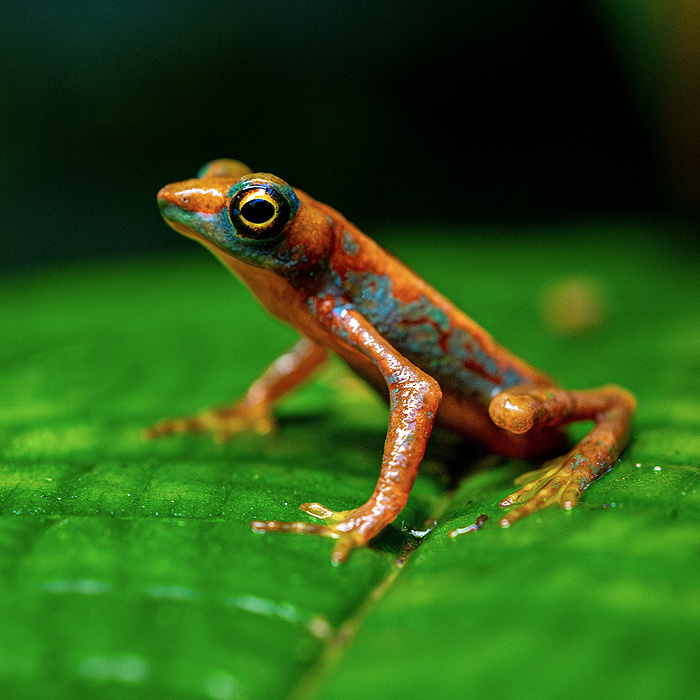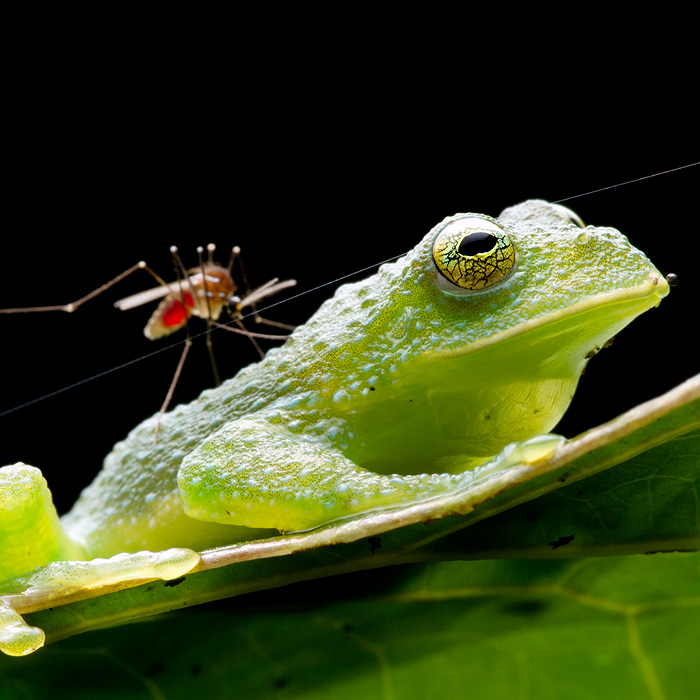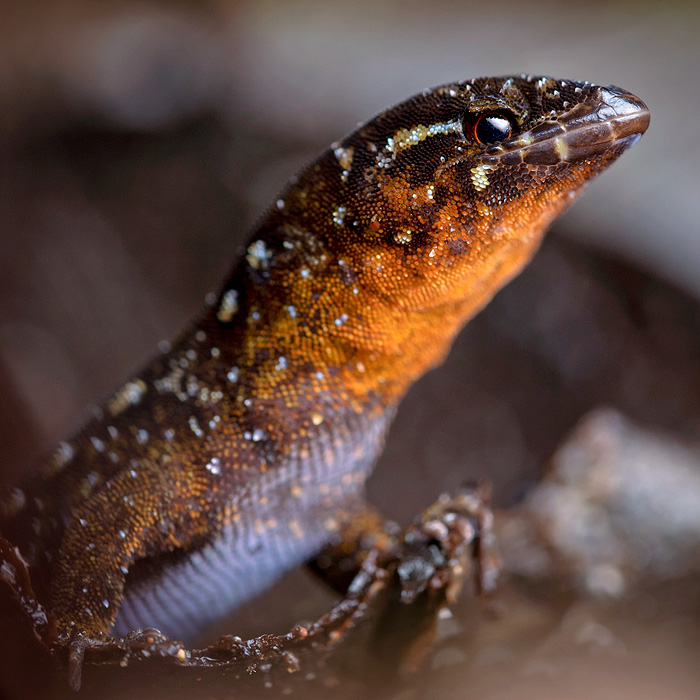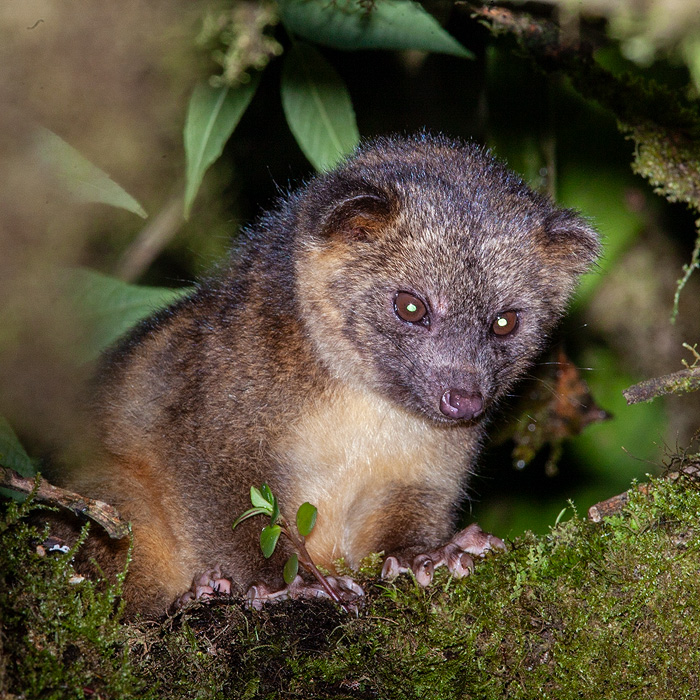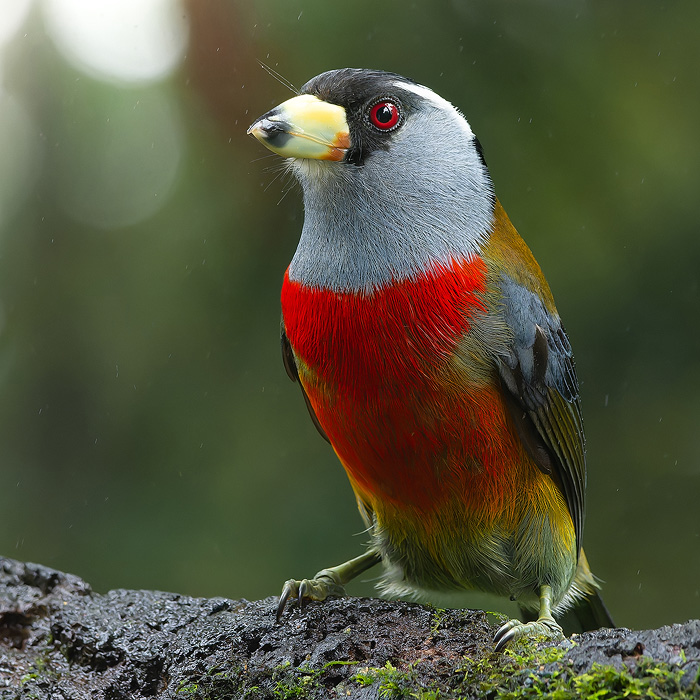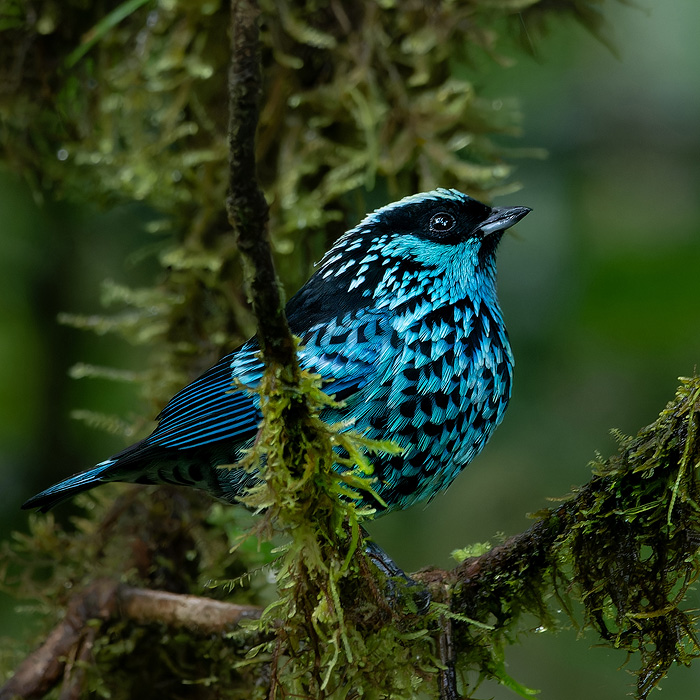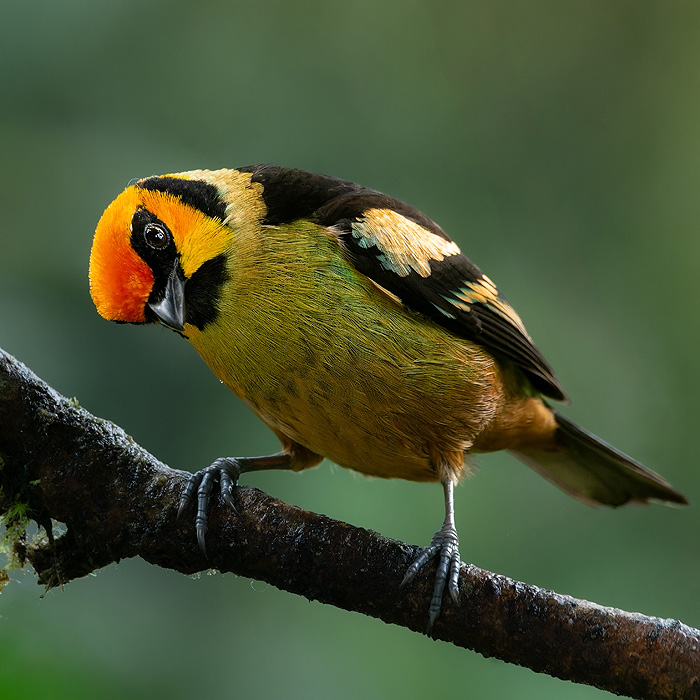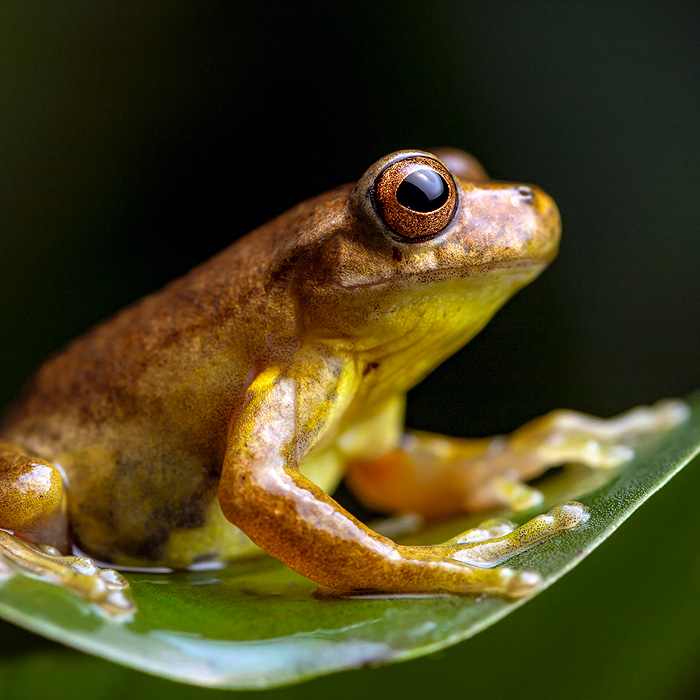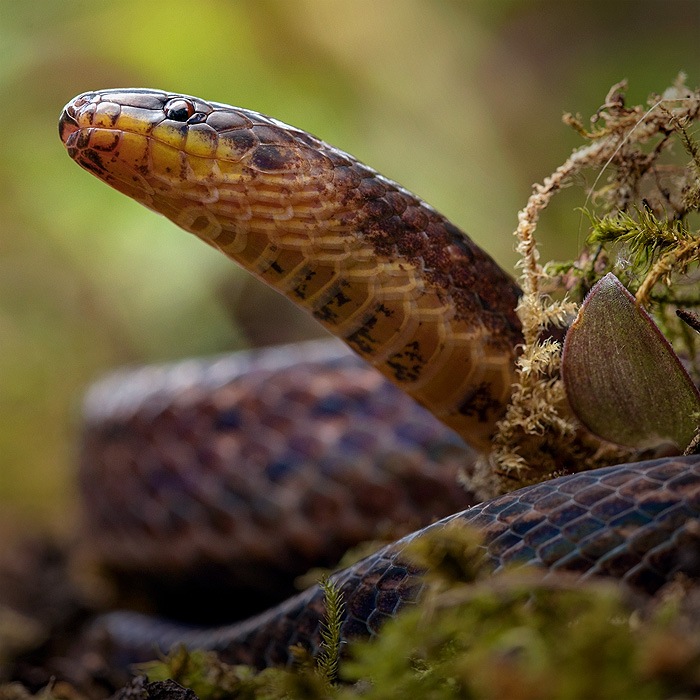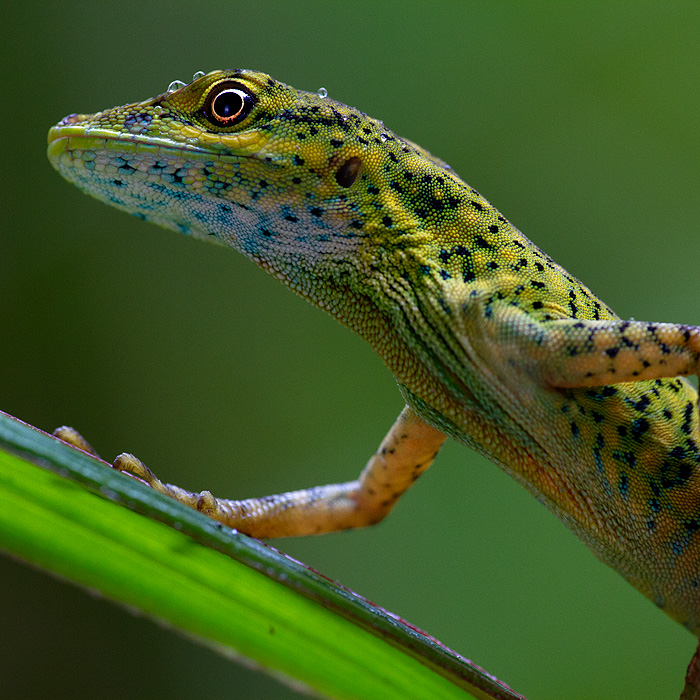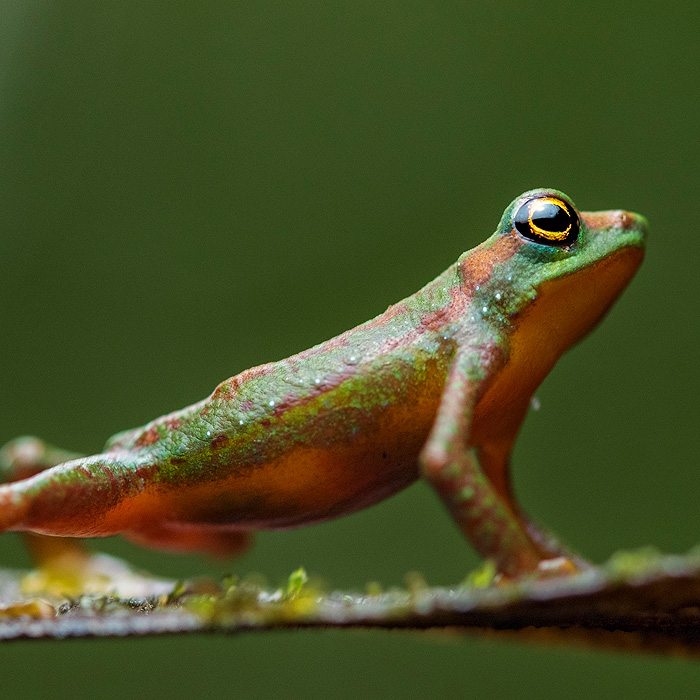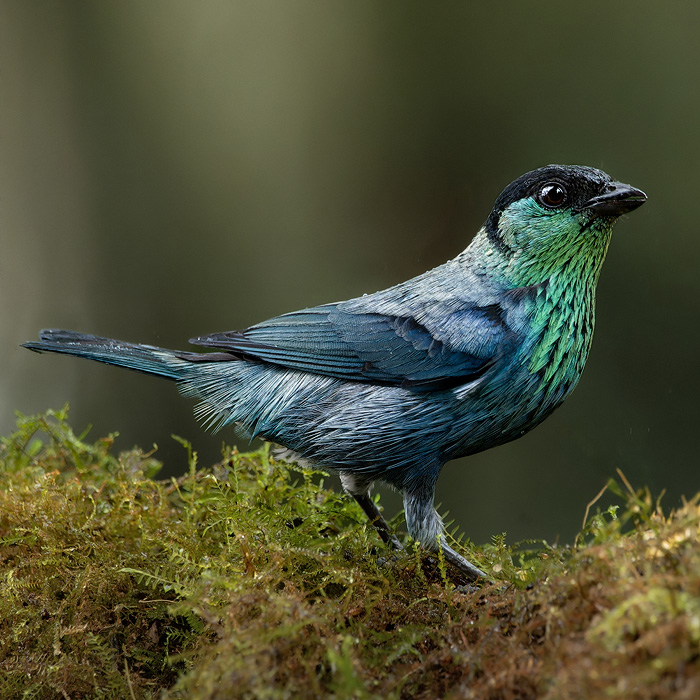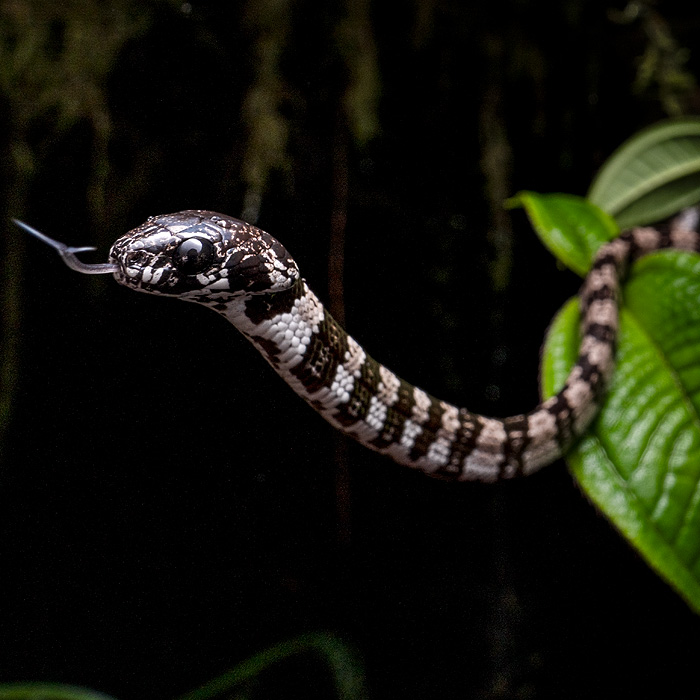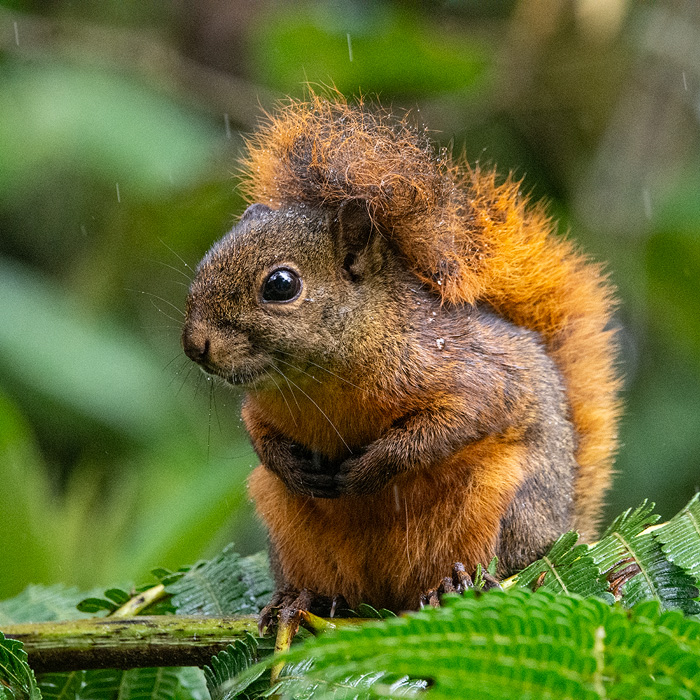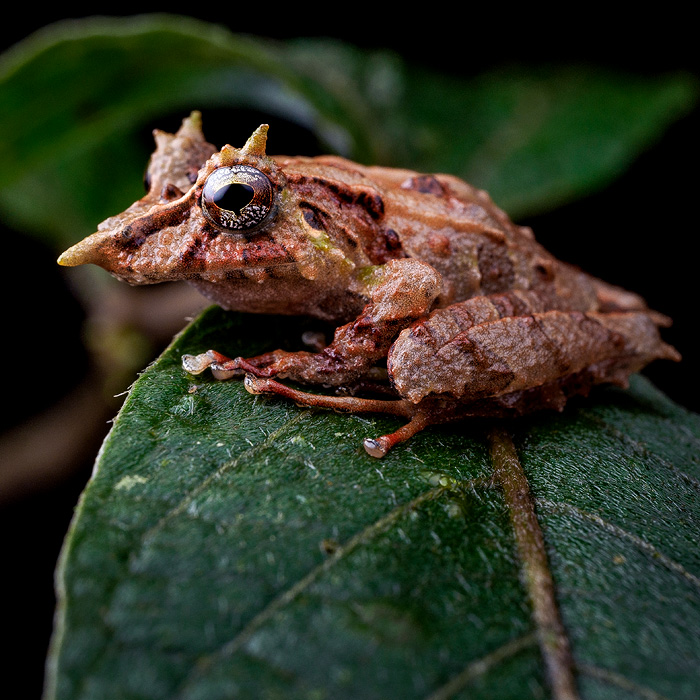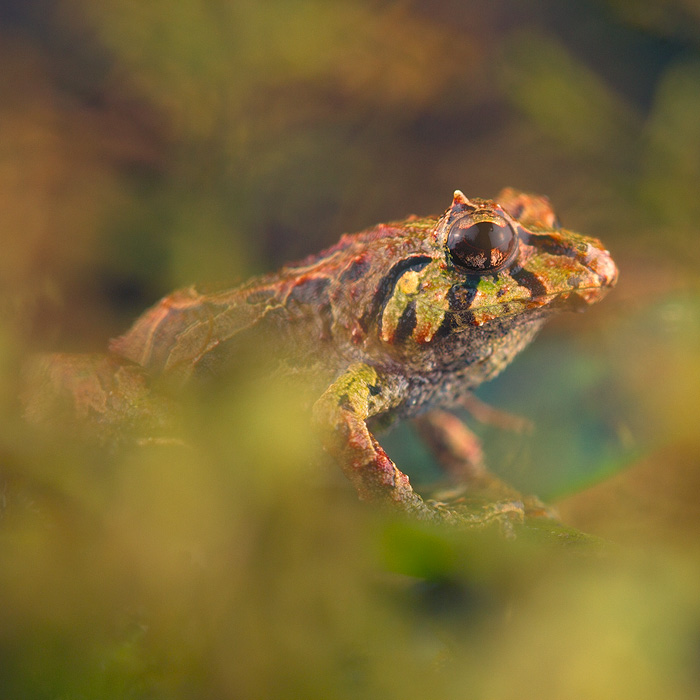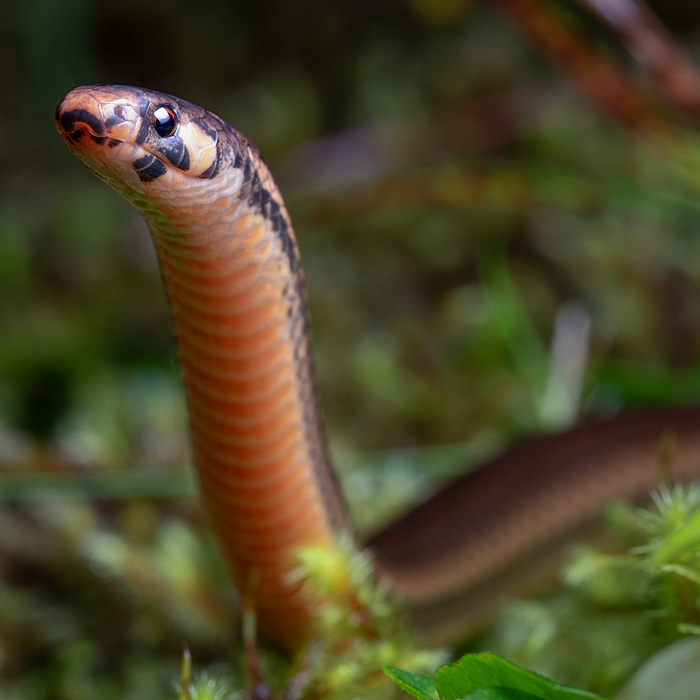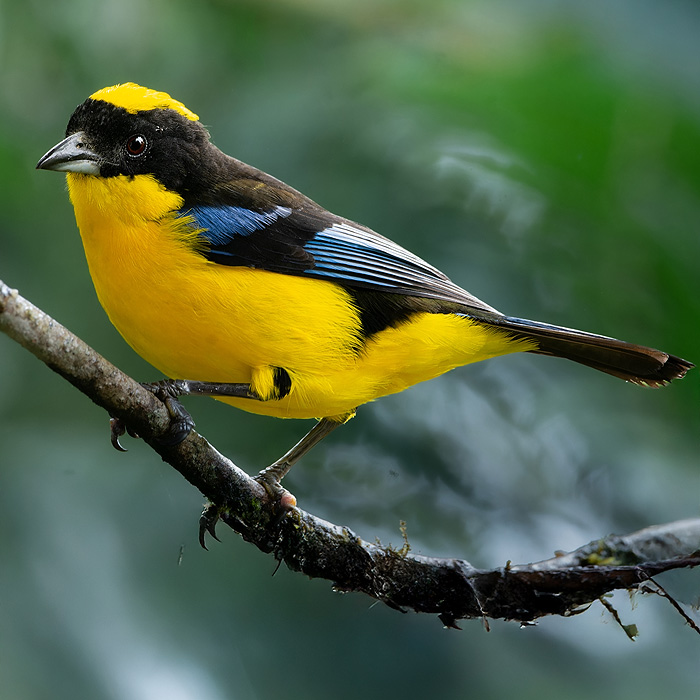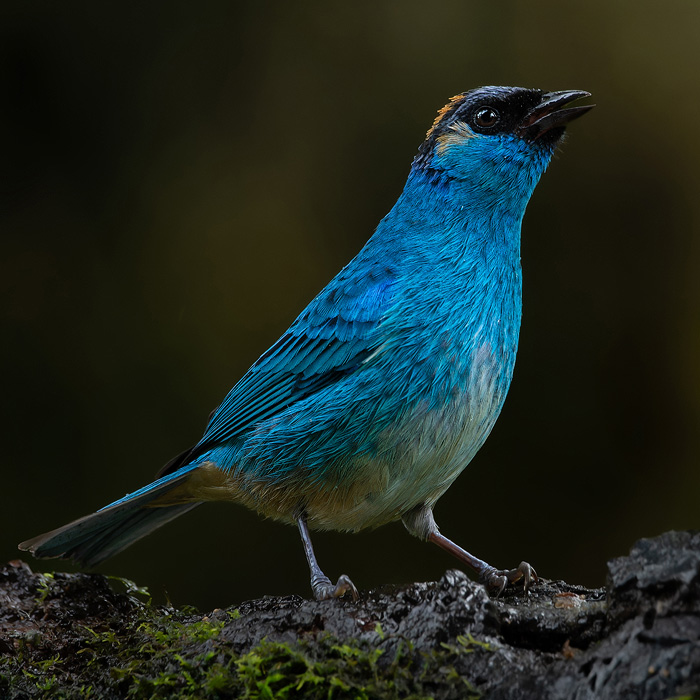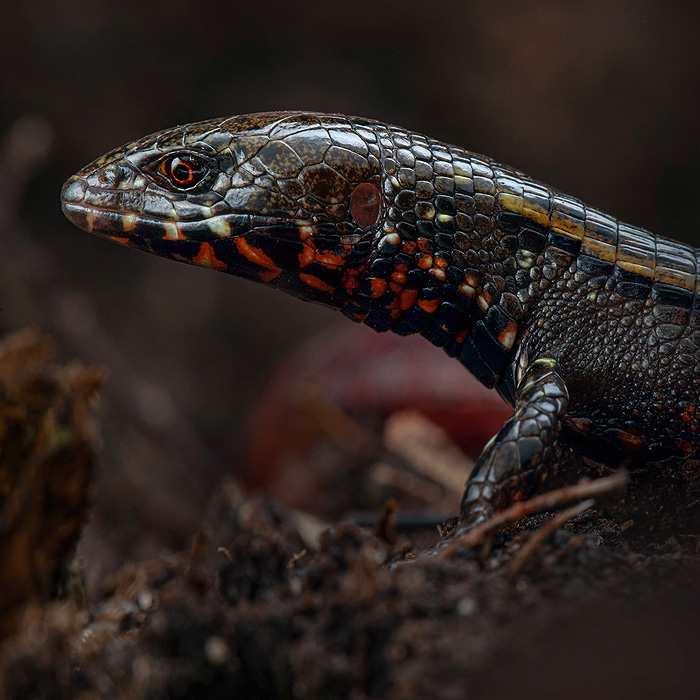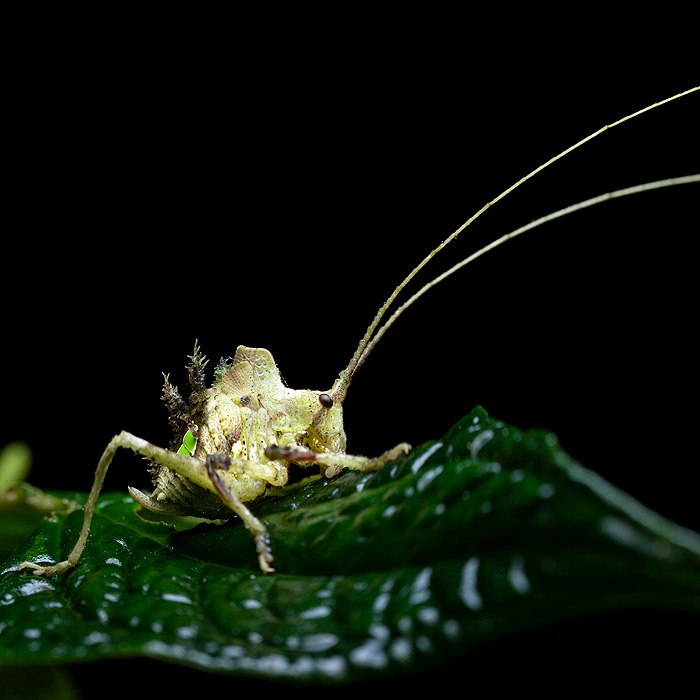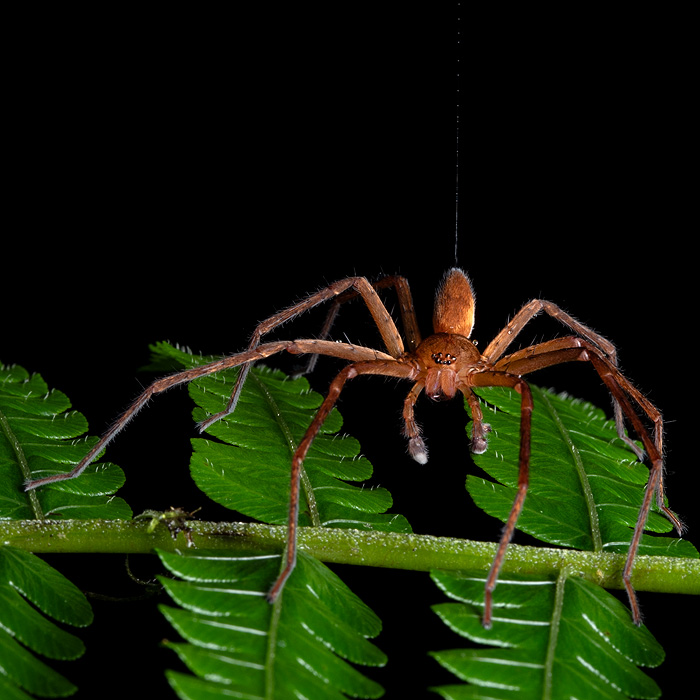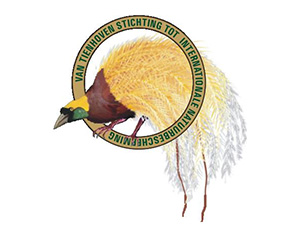| Projects | About | Contact |
|
Donate |

Discover the Arlequín Reserve, a sanctuary cradled within Ecuador’s cloud forest and managed by the Khamai Foundation. This reserve was born from a remarkable rediscovery: the Mindo Harlequin Toad (Atelopus mindoensis), a critically endangered species believed extinct for 30 years, found again in 2019. Now, we fight to protect its last relict population.
Deep in Ecuador’s cloud forest lies the Arlequín Reserve, a vital sanctuary established to safeguard the last known population of the critically endangered Mindo Harlequin Toad, a species rediscovered in 2019 after 30 years thought lost. The reserve, nestled at 2000–2100m above sea level, is home to an additional 14 animal species which are threatened with extinction. However, Arlequín is under threat from encroaching cattle ranching. For this reason, the Khamai Foundation has launched the Arlequín Reserve Emergency Fund to urgently expand the reserve, protect the toad’s entire riverside habitat, and help save the following number of animal species:
23
Amphibians
18
Reptiles
110
Birds
12
Mammals
300
Beetles
150
Lepidopterans
Arlequín Reserve details
Description: A cloud forest sanctuary protecting at least 14 globally threatened amphibians and reptiles.
Biological importance: The reserve is renowned for protecting the only known surviving population of the Mindo Harlequin Toad (Atelopus mindoensis), a species once thought extinct.
Altitudinal range: 2000–2100 m.
Area: 33 hectares (81.5 acres)
Opening hours: Every day, with visits by prior reservation only.
How to get there? To get from Quito to Arlequin Reserve by car, it will take approximately 1 hour and 54 minutes, covering a distance of 83.6 km. The suggested route is via E28. You can find the route details here.
You’ll be here |
Wildlife of the reserve
The Arlequín Reserve is in the middle of the Key Biodiversity Area “Mindo and Western Slope of Pichincha Volcano.” As such, it is recognized as home to critical populations of the world’s threatened species. So far, 14 threatened species have been recorded in the reserve, including the once thought extinct Mindo Harlequin Toad (Atelopus mindoensis), the Blunt Hedgehog-Lizard (Echinosaura brachycephala), the Lynch’s Glassfrog (Centrolene lynchi), and the Moustached Antpitta (Grallaria alleni). The fauna is composed primarily of mid elevation cloud forest species, including iconic mammals such as the Andean Bear (Tremarctos ornatus), the Puma (Puma concolor), and the recently discovered Olinguito (Bassaricyon neblina).
Posters
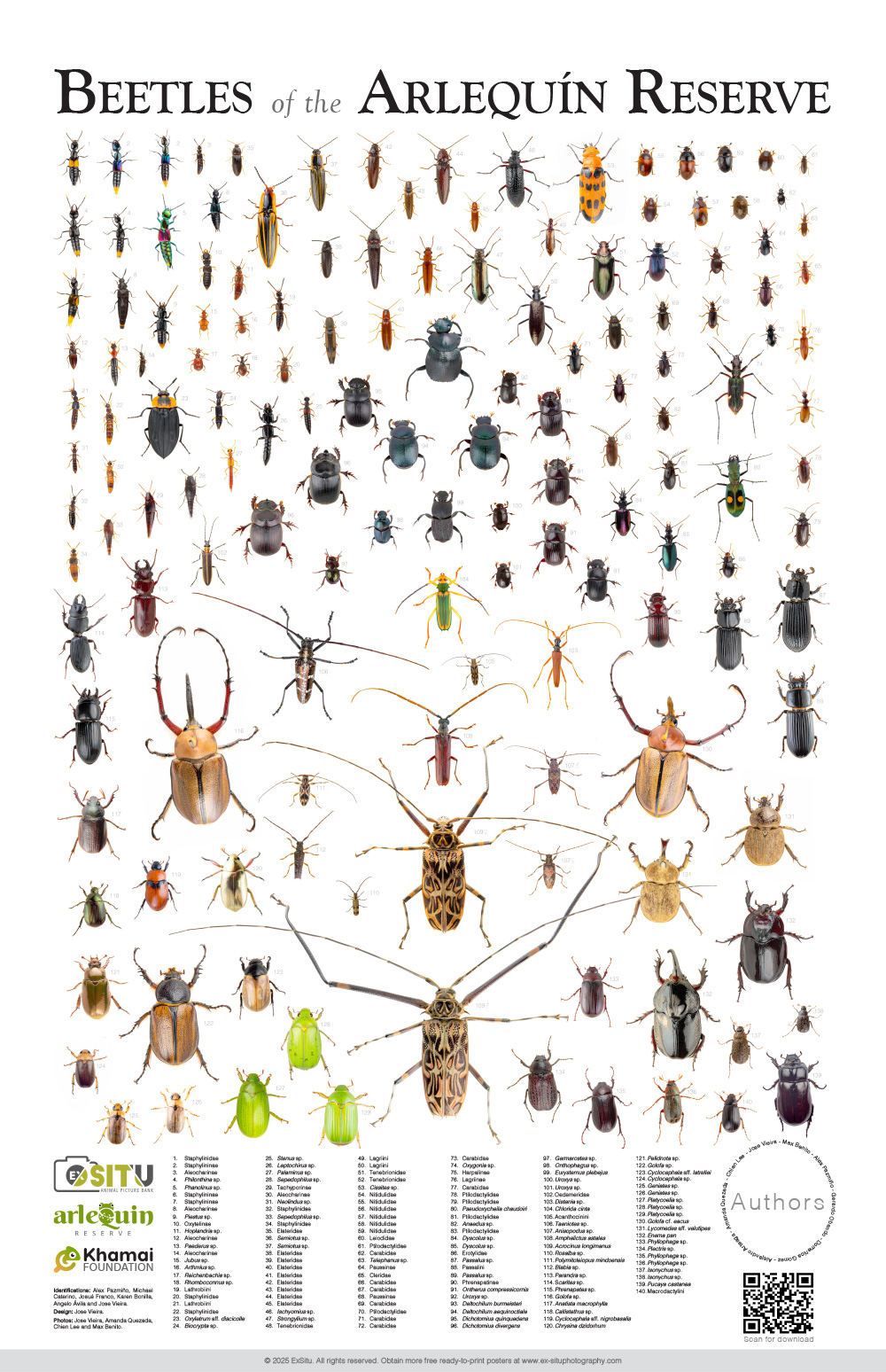
Beetles of Arlequín Reserve
Download | Get it framed

Mindo Toad Survivors
Download | Get it framed
You’ll be hereArlequín Reserve |
